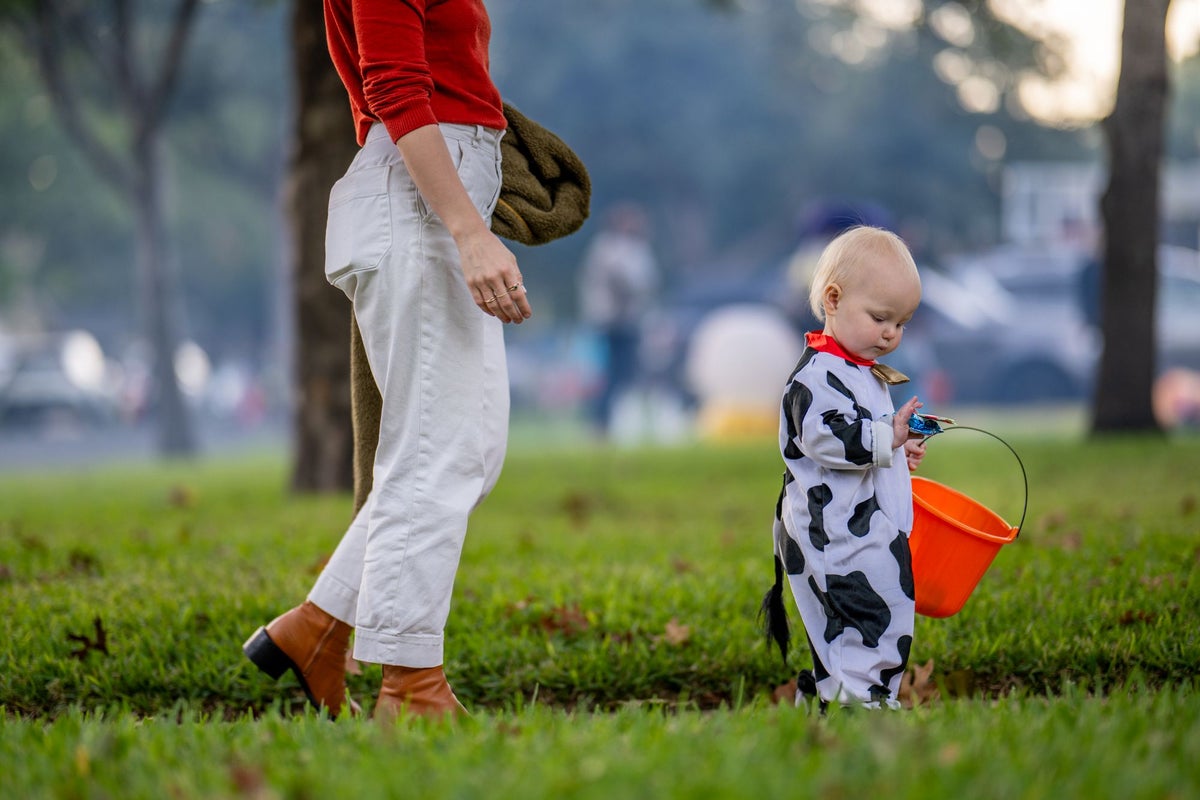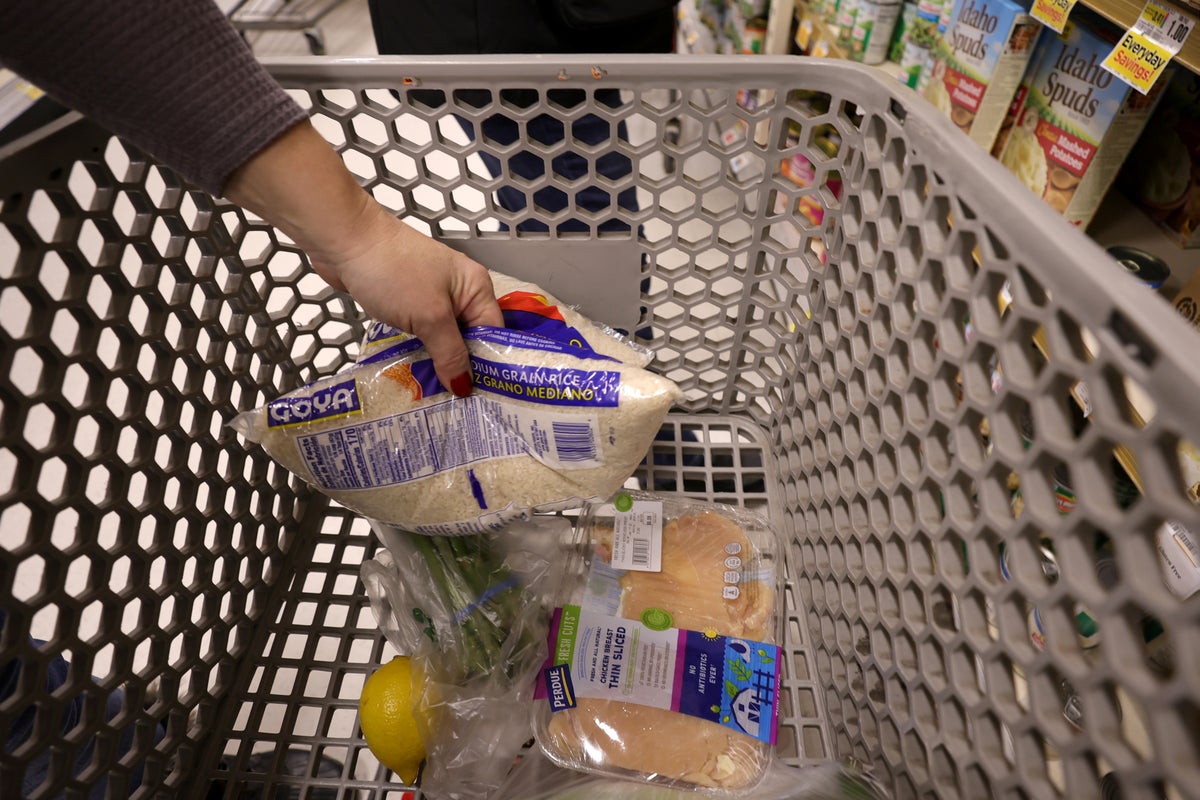Halloween: A Dangerous Festival Disguised as Fun, Where Innocent Joy Masks Life-Altering Injuries and Health Risks Await Our Children
As the leaves turn and the nights grow longer, Halloween emerges as a beloved holiday in many cultures, particularly in the United States and parts of Europe. However, beneath the whimsical costumes and festive decorations lies a darker reality: this holiday harbors a surprising number of medical hazards that can lead children to emergency rooms each year. From pumpkin-carving accidents to complications from contact lenses, the potential dangers associated with Halloween are often overlooked amid the excitement of trick-or-treating and haunted houses.
One of the most common Halloween-related injuries occurs during pumpkin carving. Each year, countless families gather to carve their pumpkins, a tradition that can quickly turn hazardous. According to data from emergency departments, thousands of individuals—predominantly children—sustain injuries related to sharp tools used in this activity. The act of carving requires dexterity and focus, yet many children find themselves wielding knives or other sharp objects without proper supervision. The result can be deep cuts or lacerations that necessitate medical attention.
In addition to pumpkin carving, another prevalent issue is the use of decorative contact lenses. While these lenses are a popular accessory for those seeking to elevate their Halloween costumes, they pose significant health risks when misused. Many retailers offer decorative lenses without proper regulations, leading to a surge in infections, corneal abrasions, and even permanent vision damage. The allure of transforming one’s appearance can overshadow the importance of safety and hygiene, resulting in a dangerous trend that has raised alarms among eye health professionals.
Moreover, the excitement of trick-or-treating can inadvertently lead to accidents. Children darting across streets, often in dark costumes, can become targets for vehicles, especially in neighborhoods lacking adequate street lighting. Pedestrian injuries are a serious concern, with reports indicating a spike in traffic incidents on Halloween night. Parents are urged to ensure their children are visible and cautious while navigating streets filled with distractions and excitement.
Allergies and food-related issues also come to the forefront during the Halloween season. Children with food allergies may be exposed to treats that contain allergens, leading to severe reactions that require immediate medical intervention. Parents often grapple with the challenge of ensuring their children can enjoy the festivities without the risk of life-threatening allergic reactions. The prevalence of candy containing nuts, dairy, and gluten complicates this issue, as many families may not fully understand the risks associated with certain treats.
Furthermore, the rise of elaborate Halloween decorations and props can introduce additional hazards. While many families enjoy adorning their homes with spooky decorations, these items can pose risks to young children. Trip hazards, sharp edges, and even toxic materials in poorly manufactured decorations can lead to injuries or health concerns. The allure of a perfectly decorated house can sometimes cloud judgment regarding safety, leading to incidents that could have been avoided with more caution.
The psychological impact of Halloween should not be overlooked either. The holiday is often associated with frightful imagery and themes that can be overwhelming for young children. Exposure to certain costumes or decorations, particularly those depicting violence or horror, can lead to nightmares or heightened anxiety in vulnerable children. Parents must navigate the balance between fun and fear, ensuring that the celebration is enjoyable and appropriate for their child’s age and emotional maturity.
In many ways, Halloween reflects broader societal themes surrounding safety, health, and parental responsibility. The holiday invites families to engage in activities that, while seemingly benign, can have real consequences if not approached with caution. The tension between enjoying the festivities and managing risks can mirror larger societal debates about parenting, freedom, and the responsibilities that come with allowing children to explore their environment.
As Halloween approaches each year, it serves as a reminder of the importance of awareness and preparation. Parents and caregivers play a crucial role in ensuring that their children have a safe and enjoyable experience. By taking proactive steps—such as supervising pumpkin carving, educating themselves about the risks of decorative lenses, and establishing clear safety guidelines for trick-or-treating—families can help mitigate the dangers associated with this festive occasion.
In conclusion, the charm of Halloween should not mask the genuine risks it poses, particularly to children. The blend of excitement and potential hazards creates a complex landscape that requires vigilance and responsibility from all involved. As the holiday continues to evolve, so too must our understanding of how to navigate its challenges while preserving the joy it brings to millions around the world.
From pumpkin-carved fingers to contact lens infections, the festivities come with genuine medical hazards




